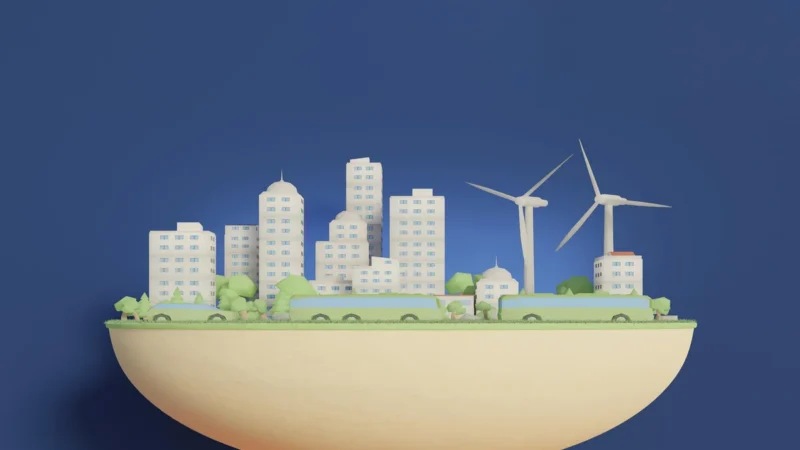Exploring Climate Engineering : Techniques & Potential Solutions for Climate Change

Climate engineering, also known as geoengineering, refers to the deliberate manipulation of the Earth’s climate system to counteract the effects of climate change. This approach involves developing and deploying technologies that can actively manipulate the Earth’s climate, such as carbon capture and storage or solar radiation management.
There are two main categories of climate engineering techniques: carbon dioxide removal and solar radiation management. Carbon dioxide removal techniques involve capturing carbon dioxide emissions from the atmosphere and storing them underground or using them to produce products such as biofuels. Solar radiation management techniques, on the other hand, involve reflecting some of the sun’s energy back into space to reduce the amount of heat absorbed by the Earth’s surface.
Carbon capture and storage (CCS) is a promising technique for reducing carbon dioxide emissions. It involves capturing carbon dioxide from power plants and other industrial processes and storing it underground in depleted oil and gas reservoirs, deep saline formations, or other geological formations. CCS has the potential to reduce carbon dioxide emissions by up to 90 percent from power plants and industrial facilities. However, the technology is still in the early stages of development, and there are concerns about the long-term safety and effectiveness of CCS.
Solar radiation management (SRM) techniques involve reflecting some of the sun’s energy back into space to reduce the amount of heat absorbed by the Earth’s surface. One approach is to inject reflective particles into the upper atmosphere, creating a reflective layer that bounces some of the sun’s energy back into space. Another approach is to deploy reflective surfaces, such as mirrors or reflective rooftops, to reflect sunlight back into space. While SRM techniques have the potential to reduce global temperatures, there are concerns about their potential side effects, such as disrupting rainfall patterns or causing other environmental problems.
While climate engineering techniques have the potential to help mitigate the effects of climate change, they are not a substitute for reducing greenhouse gas emissions. The best way to address climate change is to reduce greenhouse gas emissions through a combination of renewable energy, energy efficiency, and conservation. Climate engineering should be viewed as a complementary approach that can help to further reduce greenhouse gas emissions and mitigate the effects of climate change.
In short, climate engineering techniques have the potential to help mitigate the effects of climate change, but they should be viewed as a complementary approach to reducing greenhouse gas emissions. As the world continues to grapple with the challenge of climate change, it is essential to explore all possible solutions to this global problem.
Frequently Asked Questions :
Q: Is climate engineering a new idea?
A: No, climate engineering has been proposed for several decades as a way to counteract the effects of climate change.
Q: Can climate engineering techniques completely solve the problem of climate change? A: No, climate engineering techniques are not a substitute for reducing greenhouse gas emissions. The best way to address climate change is to reduce greenhouse gas emissions through a combination of renewable energy, energy efficiency, and conservation.
Q: Are there any potential side effects of climate engineering?
A: Yes, there are concerns about the potential side effects of climate engineering techniques, such as disrupting rainfall patterns or causing other environmental problems.
Q: Are there any international regulations on climate engineering?
A: No, there are currently no international regulations on climate engineering. However, there are ongoing discussions about the need for international governance of climate engineering research and deployment.
Reference Links :
Geoengineering the Climate: History and Prospect | Carbon Capture and Storage


